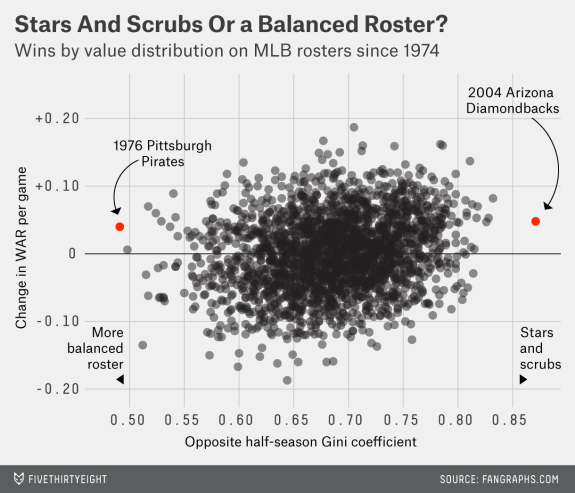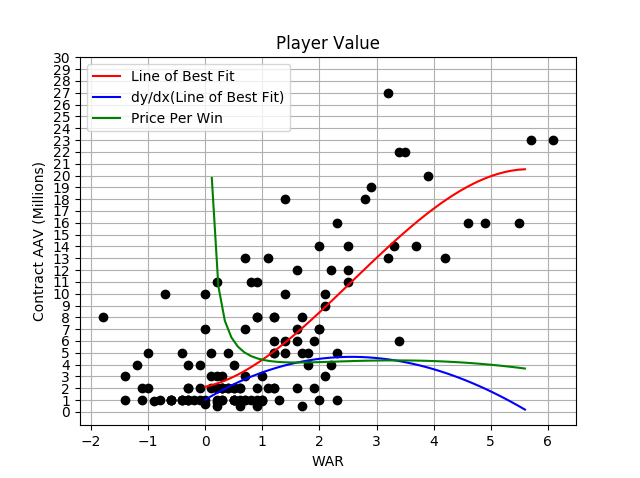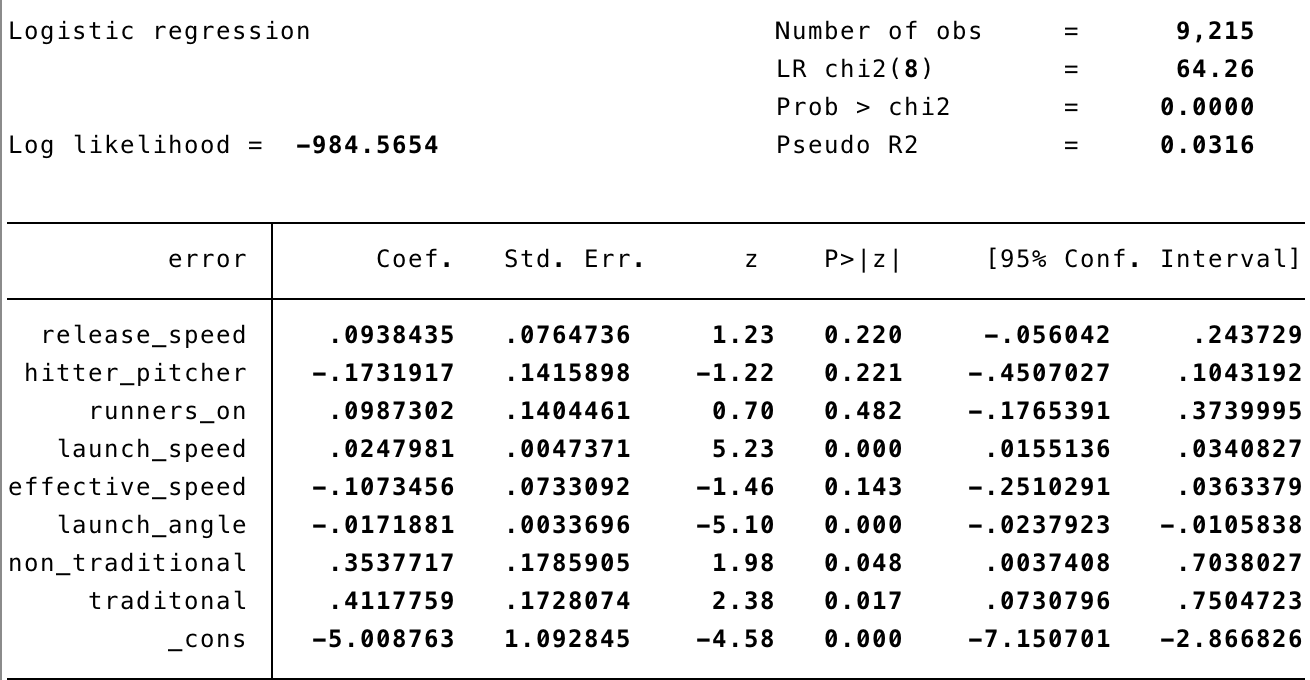It’s been about several weeks since the Pirates parted ways with both Gerrit Cole and Andrew McCutchen, the former to Houston, and the latter to San Francisco. Most fans and analysts expect Josh Harrison to be next, and by the looks of it, that’s what he’d prefer.
Some would consider the Pirates to be rebuilding, while others suggest it may be somewhat of a retooling, hoping that some names that were expected to work out, but suffered setbacks either last year or culminating throughout the last several years (like Marte and Polanco) will bounce back or reach expectations.
That, coupled with players breaking through and reaching their potential (like Bell and Taillon), along with other young players (as though the Pirates have any other type of player now) like Trevor Williams, who showed a lot of promise last year, or Steven Brault, who pitched very well at AAA Indianapolis, perhaps the Pirates can field a winning team. It doesn’t hurt that they inked one of the top relievers in the game, Felipe Rivero, who emerged with a breakout season last year, to a four-year deal.
But most Pirates fans aren’t buying it. There was even a petition started on Change.org for “MLB to force Bob Nutting to sell the Pirates”, and to this date it has reached 59,456 signatures. Of course, there is basically no chance that this petition will actually result in anything.
Before both trades, the Pirates projected win total by FanGraphs was a whopping 81. After the Cole trade, it went to- er- stayed at, 81. It did move, though, once McCutchen was dealt, dropping from 81 to 78, which would still be three wins better than last year’s club, which might cause some to say that technically the team is improving, even if it’s by the most basic metric; of course, most would say that’s nonsense.
Last year, the Pirates were plagued by a multitude of problems, from Marte’s PED suspension, a plethora of injuries to, well, everyone, and even to Taillon missing time due to testicular cancer (which he brilliantly rebounded from, appearing as a starting pitcher just five weeks after surgery). Not to mention Jung-ho Kang’s off-field issues and inability to return to the team. The Bucs suffered a six-game setback from last year’s projections where they were expected to go 81-81. They finished six games below that total, winning 75 contests.
The Pirates were basically destined to fail last year. Now many believe that the Pirates are in store for the same fate this year after departing with two of the franchise’s marquee players.
A lot of the Pirates roster will look strikingly similar to last season, except for those received in the trades, which includes: 3B Colin Moran, P Joe Musgrove, P Kyle Crick, P Michael Feliz, among several other pitchers not involved in either of those trades, Nik Turley, Jack Leathersich, and Jordan Milbrath. It is unlikely that those players will make that big of an impact.
It’s possible, without any major injuries, the contributions the Pirates expected to receive last year will be more likely to reach fruition this year. If Gregory Polanco has the kind of breakout season people felt like he might have when the Pirates first acquired him, it’s possible for him to be a 5.0 WAR player. A litany of injuries prevented him from coming anything close to that last year, registering a 0.5 WAR, but with glimpses of power in his minimal contributions.
The same is true for Starling Marte. In 135 games for the Pirates in 2013, Marte posted a 4.8 WAR and 122 wRC+. We are all aware of Marte’s 80 game suspension following him testing positive for performance-enhancing drugs prior to the 2017 season. When he returned, he failed to be the player the Pirates hoped he’d be, and of course, he’ll have a lot to prove after his suspension in his first full season, but it isn’t completely insane to think he might experience a resurgence.
Josh Bell had a breakout season for the Bucs in his rookie campaign, perhaps positioning himself to be the next face of the franchise. Bell registered a 1.4 WAR last year and 113 wRC+, a .338 wOBA, and an OPS of .800. He hit for significantly more power than was expected of him, blasting 26 cannonballs, which was 12 higher than his 2016 total in AAA Indianapolis, playing nearly every game (159) in 2017. If Bell continued to grow this offseason, it’s entirely possible he’ll repeat in some statistical categories, like home runs wOBA, and OPS, and improve in others, like BABIP (.278), making him a very legitimate threat in the middle of the order.
Joe Musgrove, whom the Pirates acquired from Houston, showed that he may have the stuff for a solid third in the rotation type pitcher. Musgrove appeared in 38 games for Houston last year, starting 10 of them, posting a FIP of 4.38, an ERA- of 113, and an xFIP of 4.03. Those numbers are about in-line for a 5 starter, most likely, but PNC is one of the most “pitcher friendly” parks in baseball. Also, I’m not one to chalk up occurrences to magic, but Ray Searage has worked some serious voodoo in the past, and that could likely be the case here, especially with Musgrove who is by no means a lost cause pitcher to begin with. Additionally, Musgrove throws pretty hard, last year registering his fastball around 93.5 mph, his cutter a tick over 90, and a slider around 92.
Colin Moran will likely see the most time at 3B this season, as David Freese’s production levels just don’t quite reach what they should to warrant starting everyday, especially with a young player like Moran waiting in the wings. Jeff Sullivan wrote an article highlighting Colin Moran’s swing change, and some of the numbers were glaring. During seasons 2013-2016, Moran sat around 50% ground balls, and with the way baseball’s evolved, that’s not really a good thing. But in 2017, that number was strikingly different. Moran hit a ground ball only 34% of the time. With his decrease in ground balls came an increase in home runs. He had a previous high of 10 in AAA with far more at bats than his 18 in 2017 during his AAA campaign.
Lastly, Michael Feliz, another piece from the Astros, comes to Pittsburgh after having posted interesting numbers in 2017. Firstly, Feliz throws hard, reaching the high 90s with his fastball, averaging nearly 97 mph in 2017. He posted a FIP of 3.78, an xFIP of 3.58, and an xFIP- of 81. Feliz will likely be a strong complement to Felipe Rivero out of the pen.
Help will have to also come from players being called up from AAA for the first time (Meadows, who suffered setbacks last year on the DL, Keller, perhaps Bryan Reynolds, among others), but if some things break the right way, the Pirates may experience more success than originally anticipated. Don’t misunderstand me, I’m not saying the Pirates will be in contention for the NL Central this year, or even a Wild Card spot. I’m saying the potential is there for them to rebound from last year and finish the season above .500 at 82-80, especially if they can capitalize on a flailing Reds team, as well as in games against the largely inept NL East.
But barring a major outbreak by a lot of guys, the Pirates will likely be an average to below average team (somewhere along the lines of 75-87 to 79-83). It wouldn’t surprise me for them to finish better than last year, if not just for the sheer manpower versus last year, and hopefully not having to deal with such setbacks.
But when is it most likely the Pirates will be able to actually contend? The front office will say 2019 at the earliest, and there’s some credence to that.
Mitch Keller is projected to make his debut sometime this season, ranked 16th overall, and is the Pirates best prospect. Austin Meadows, ranked 45th, is expected to make his debut this season, as well. The last of the Pirates top 100 prospects, Shane Baz (67th) isn’t expected to make his debut until 2021, and hopefully, the Pirates are competing before then.
From the Pirates own top 30 list, several potentially important players are expected to debut in 2018, including Nick Kingham and Bryan Reynolds (the latter of whom came over in the McCutchen trade). 2019 will see a string of more players, and if they make an impact right away could yield a winning ball club, like Ke’Bryan Hayes and Cole Tucker. If you combine their potential productivity with the progression of guys that are already there and guys that are debuting this season, the Pirates could be returning to a similar place as their winning years, 2013-2015, in as little as two seasons.
Although it should be noted, the Pirates most successful years weren’t necessarily fueled by prospects. When Gerrit Cole debuted in 2013, one of the Pirates most successful seasons, he was really the only major prospect getting to play at that time, while the majority of the roster was comprised of veteran holdovers from the season before.
What that could potentially mean is that perhaps 2019 isn’t necessarily a possibility in terms of being competitive. Perhaps a more realistic timetable is 2021. By that time, Starling Marte will be in the final year of his contract at age 32, and likely his last year as a Pirate, and assuming he’s able to rebound, will be in the latter part of his most productive years. Gregory Polanco, if he’s able to reach his potential, will be in his Age 29 season and possibly at the peak of his ability. Moreover, by 2021, most of the players we’ve discussed will have had time to fully develop, like Josh Bell and Jameson Taillon, plus any guys coming up over the next two seasons.
All of these guys won’t pan out, but there’s a pretty good chance some of them will, and that’s the best an organization and fan base can hope for (except for the Astros who have seemed to hit the jackpot in every regard). The team will also need to be supplemented by veterans, and not just the cheap ones. For the Pirates to make a run and win between 2019-2023, the front office is going to need to spend more money than they were willing with Gerrit Cole and Andrew McCutchen.
There are a lot of hypotheticals in the Pirates future, but there truly is a lot to be excited about. I know it’s a difficult thing to request of Pirates fans, but this transition will require patience. That, and the front office attempting to provide more from the outside in free agency or big trades, and probably both. There is a lot the front office has done right in the past; unfortunately, though, there is also a lot its done wrong. We’ve seen the front office make some truly good trades, having the insight to know when guys have passed their peak and flipped them at the right time (like the acquisition of Rivero). But there will have to come a time where they send prospect packages for big-time players; if not, the Pirates may not see a real contender until ownership changes.










